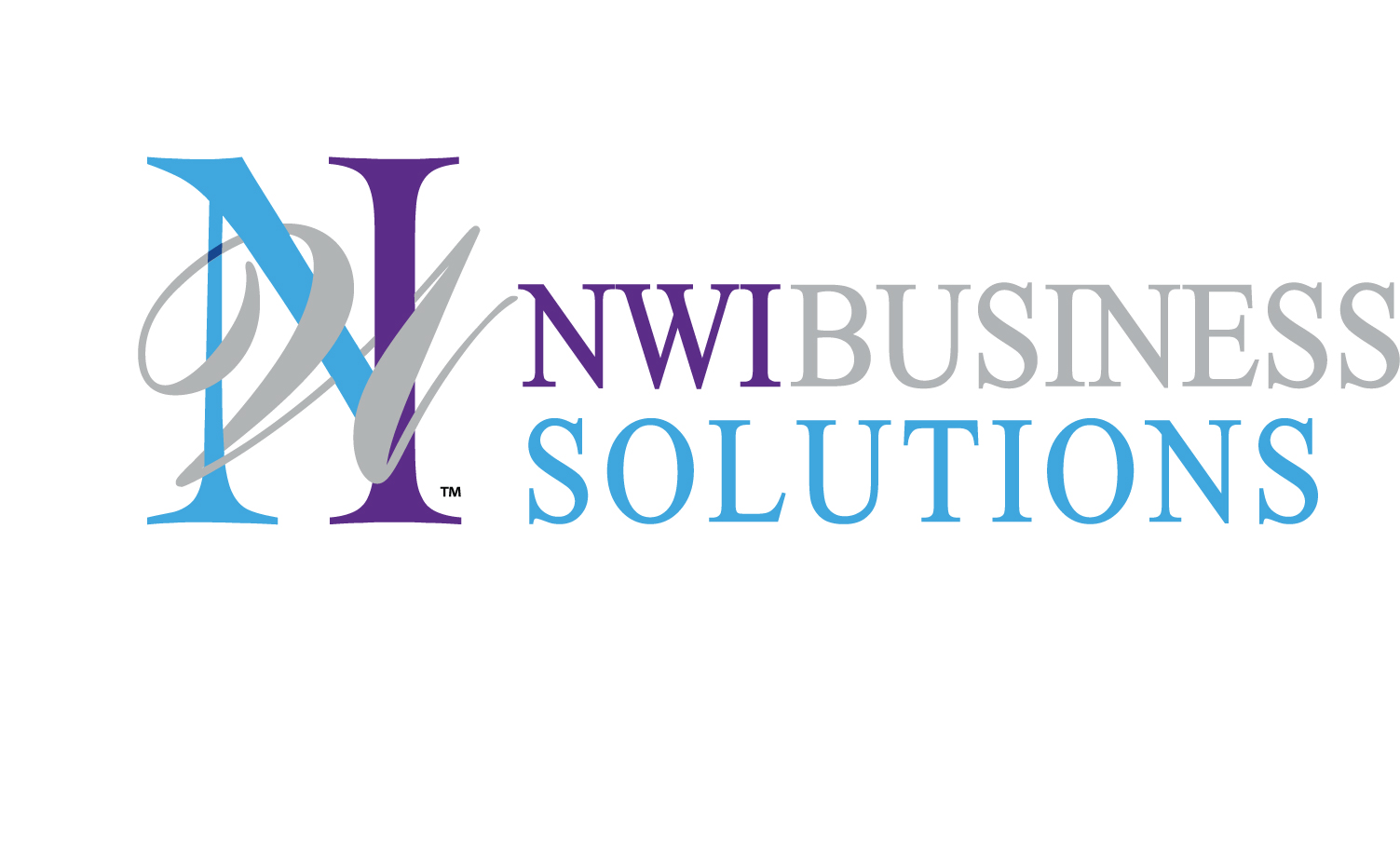As businesses start formalizing the planning phase for the upcoming year, it’s crucial to recognize the significance of using analytics to shape the 2025 strategy and budget. Here we will focus specifically on marketing strategies and budgets, which drive the top line and customer experience.
It’s important to think about the full lifecycle of the business – not just the front end. One way to do this is to leverage the NWI Attract-Cultivate-Retain Process™. This approach helps companies develop strategies and investments at each stage of the customer journey. In contrast, some organizations put all of their effort into building up leads and skip investing in the entire process, resulting in poor outcomes and low ROI. In those cases, the focus is only on the leads coming in, but without the continued effort, those leads may never convert into customers.
To create a holistic strategy and supporting budget, here are a few areas that can help you and your business succeed in 2025.
Get the Data: Leverage Analytics for Informed Decisions
The foundation of any successful budget planning process starts with data analysis. Take a look at your performance over the past year or two:
- Review key metrics: analyze your investment, new business acquired, expanded business with existing clients, leads generated, and conversion rates. Define a few essential metrics that align with your business goals.
- Identify the success of your investments: determine which strategies worked well and which fell short of expectations. Look at initial metrics but also look at conversion and which actions led to actual business. This is especially important for customers who fit your ‘ideal customer profile’.
- Benchmark against industry averages: compare your performance to industry standards to gauge your success rate accurately.
- Analyze buyer personas: examine which job titles have emerged as key decision-makers and identify any changes or new opportunities in your target market. Does the data for your results match your perception? If not, where do you need to make adjustments?
- Evaluate product/service performance: determine which offerings performed best, informing decisions on discontinuation, enhancement, or new introductions. Consider again if the data matches your perception.
Sunny Muehleman Blashe, a marketing analytics professional at NWI, offers this advice: “I always start with the dashboard and look at the full year summary, then double click on a few of the more favorable stats such as new client interest or if one campaign outperformed another. I try to see where the data is pointing to help look at new opportunities for a client.’
Adapting to Economic Uncertainty
In times of economic uncertainty, it’s crucial to adapt your marketing strategy and budget and invest even more wisely, but still invest. Be conscious of your customers’ economic situations and adjust your messaging to address their current needs and challenges. For example, you may be helping them solve problems with costs and efficiency vs expansion. Show how your services or products can help customers navigate or even thrive despite challenging economic conditions. Even in tough and uncertain economic times, clients will invest where there is a return. Set realistic goals for the year and align your budget with achievable growth projections, prioritizing investments that drive direct revenue or customer retention.
Marketing Strategy and Analytics Drive the Budget – ROI
To optimize your business strategy, focus on a few key areas to bring the plan together. Your Marketing strategy, informed by analytics, should guide your budget allocation.
- Customer focus: Current core customers are an excellent source of referrals and can help you multiply your efforts.
- Sales and marketing alignment: Ensure your teams are well-aligned, as many CEOs now emphasize that alignment and approach are becoming more important than the product or solution itself. Sales and marketing are working together on ‘Go to Market’ (GTM) and are most effective when aligned on a common strategy (for example, deciding on a partner strategy, or digital outbound such as an email campaign, or event).
- Technology investments: Consider investing in automation for efficiency, project management tools (e.g., Asana, Wrike, Click-Up), CRM systems, email marketing tools, Google Analytics, SEO tools like Yoast, and design platforms like Canva. Evaluate which will help automate your workflows and save time, not add more complexity. Many offer a free trial or even a free basic plan to get started.
- Flexibility: Allocate some reserve funds for programs that haven’t been created yet, allowing room for innovation throughout the year. Too often business owners will allocate every dollar into the budget thinking they don’t want to waste the budget. But then there isn’t any room for new ideas or new opportunities which will always come up. An effective way to plan for the unplanned is to have a “reserve” category, to fund new opportunities. In a similar way, be ready to trim back areas that are not needed during the year or not delivering in favor of better-performing areas (such as shifting from an Ad spend to an email campaign or vice-versa).
- Calculate ROI: en determining investment levels, consider industry benchmarks. In B2B, it is typical to spend 5-10% of revenue for the marketing budget (source: Hubspot). You also want to look at the return on investment. For every dollar spent in marketing, you should be getting $5 ROI on average (source: Sendoso). For exceptional results, it can be up to 10:1 for the return. The formula is (Revenue – Marketing costs)/Marketing costs. Certainly, this can vary by industry and channel (ex. email marketing can be much higher). Utilize tools like Google Ads and LinkedIn Ads to calculate potential results based on investment and selected demographics.
Review and Refine Your Strategy and Budget
To ensure your budget remains effective throughout the year:
- Start the process now: begin budget planning early and set-up reviews with your leadership team.
- Data-driven decisions: use data to inform budget shifts rather than relying solely on perception.
- Continuous refinement: align the budget with the leadership team and adjust as needed before locked in.
- Strategic allocation: ensure sufficient funds are allocated to strategic initiatives such as thought leadership, branding, and high-impact outreach such as email or promotions.
- Implement a review: plan for monthly and quarterly reviews to assess performance and make necessary adjustments.
Conclusion and next steps
Take action now to ensure your annual marketing budget is strategically aligned with your business goals and positioned for success in the coming year.
If you need assistance in reviewing your sales and marketing opportunities, NWI can help with their proprietary NWI Attract-Cultivate-Retain Process™. Contact us for a complimentary 20-minute discussion to help you: Contact NWI.
Author:
Heidi Hattendorf is a key partner to NWI and part of the NWI team. She is a Marketing Strategist who helps companies with their GTM, marketing and positioning strategies. Heidi brings a strong background in Marketing and GTM leadership including executive and CMO roles in B2B.



Recent Comments